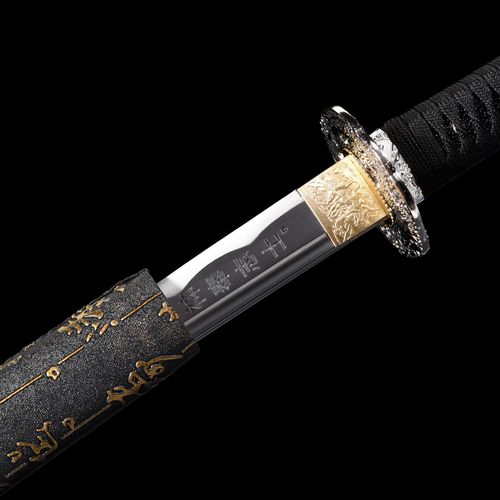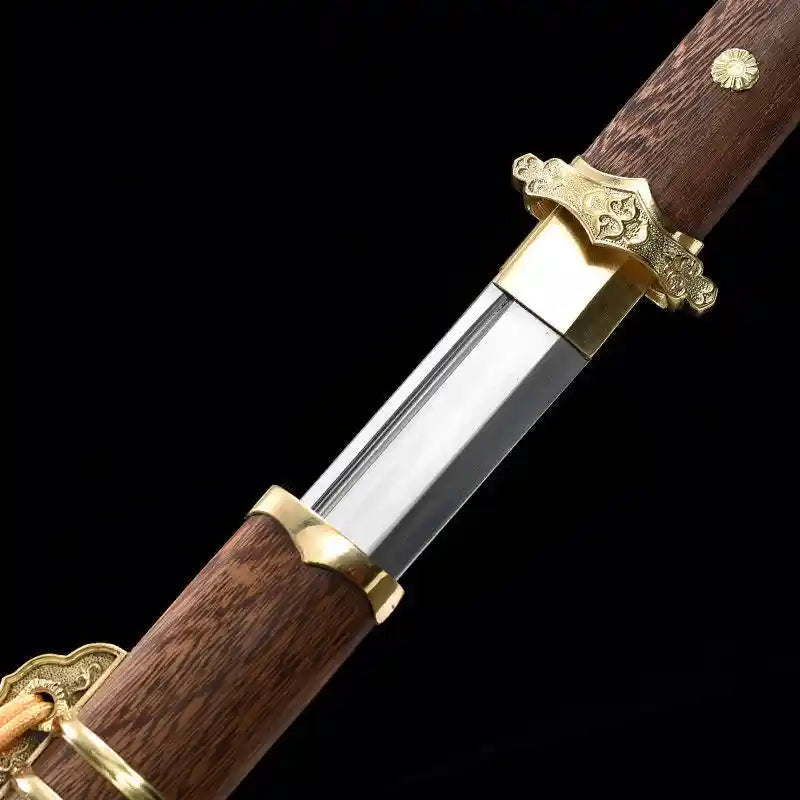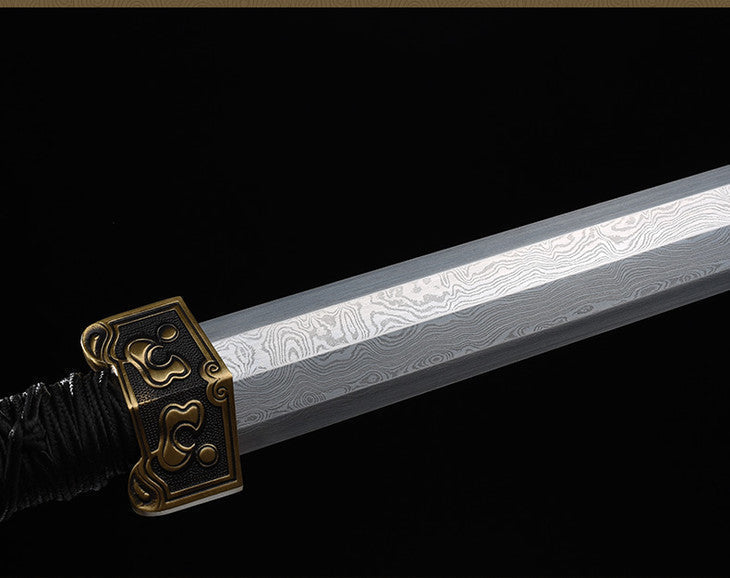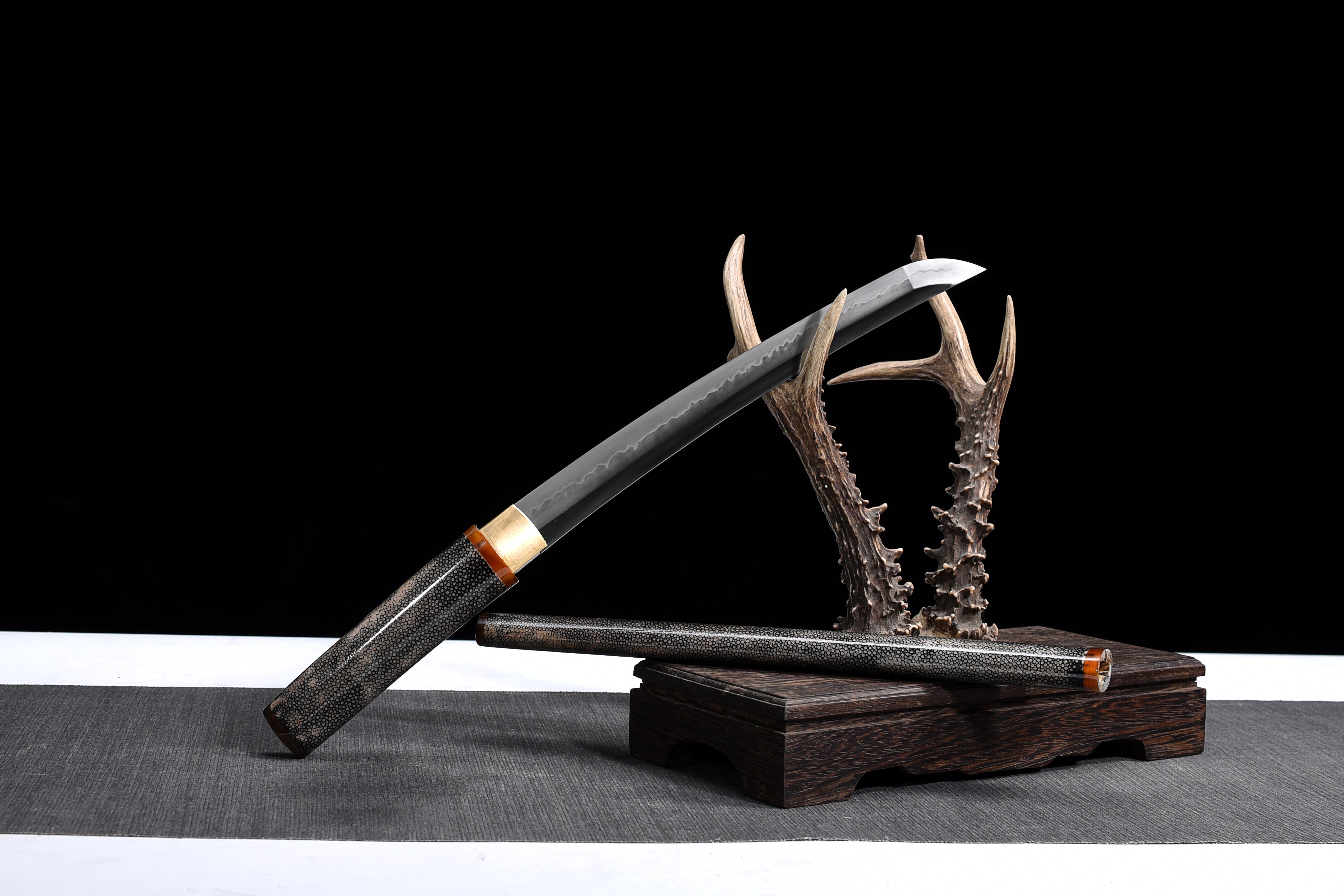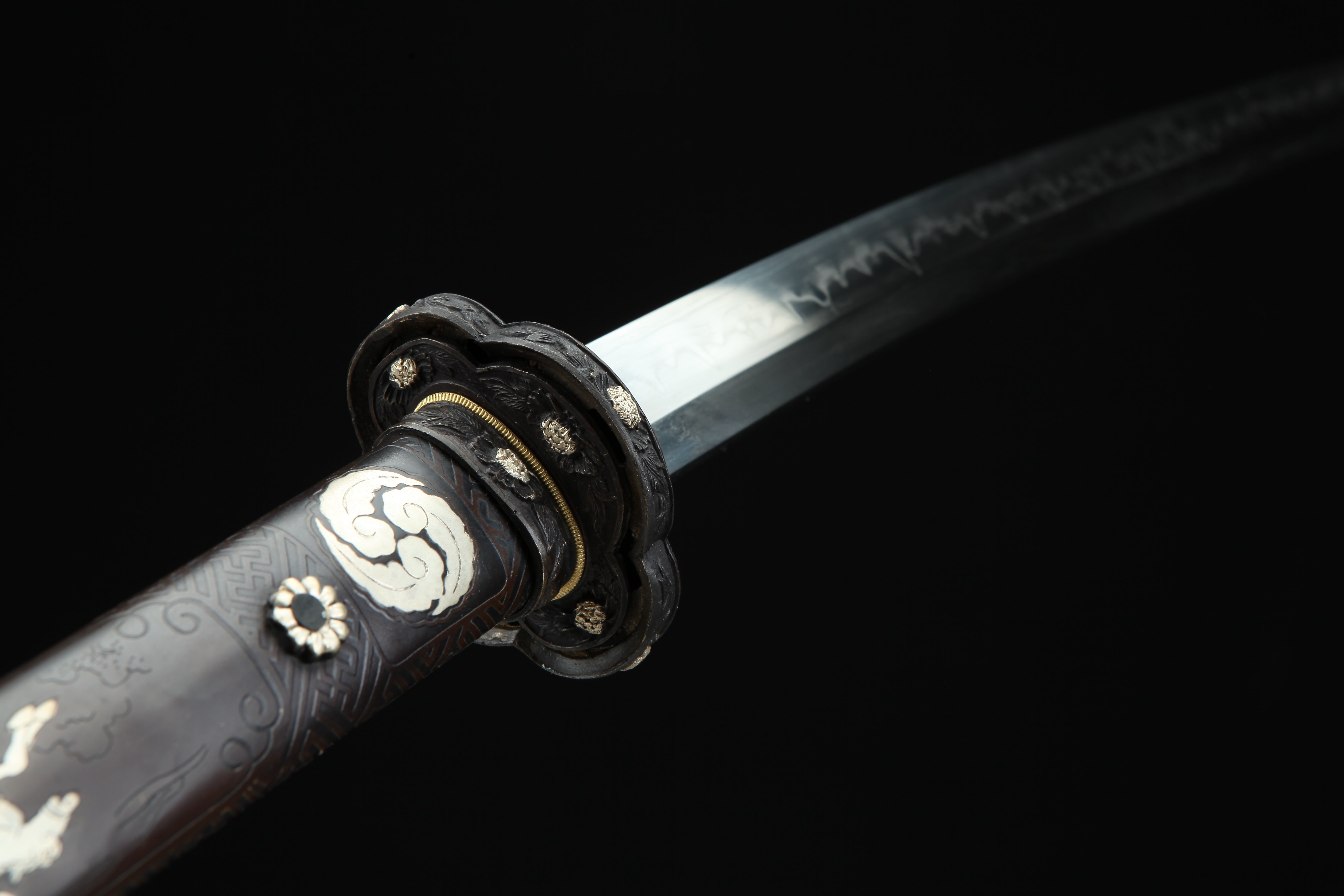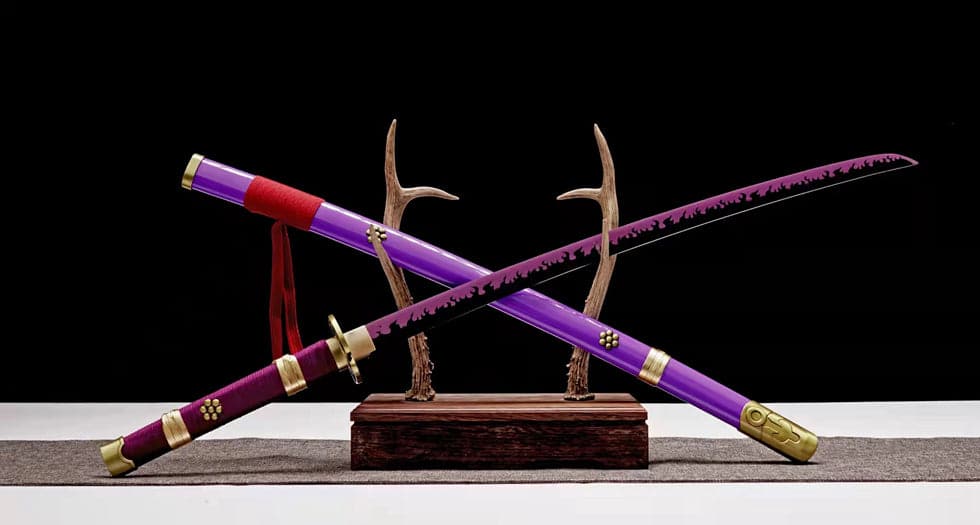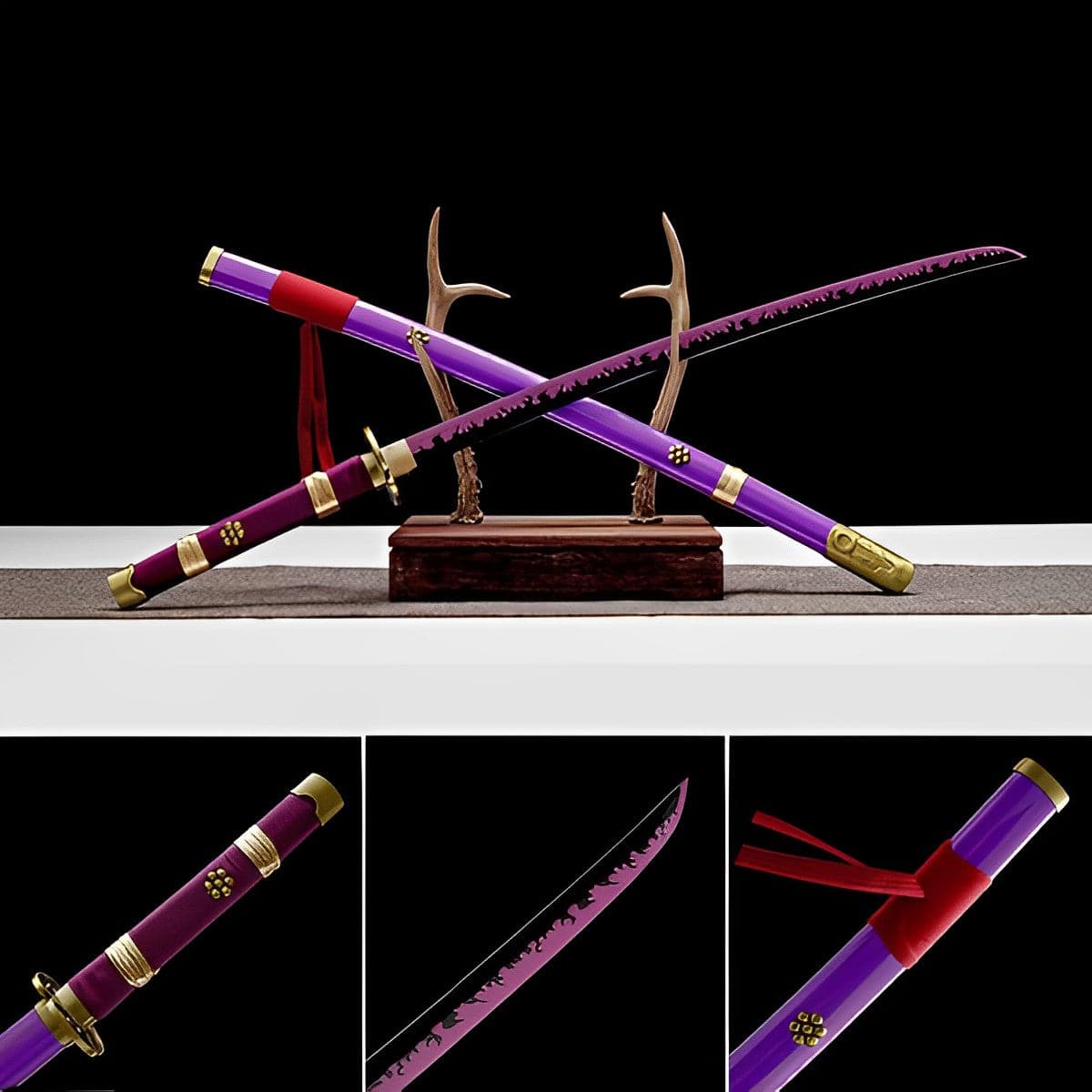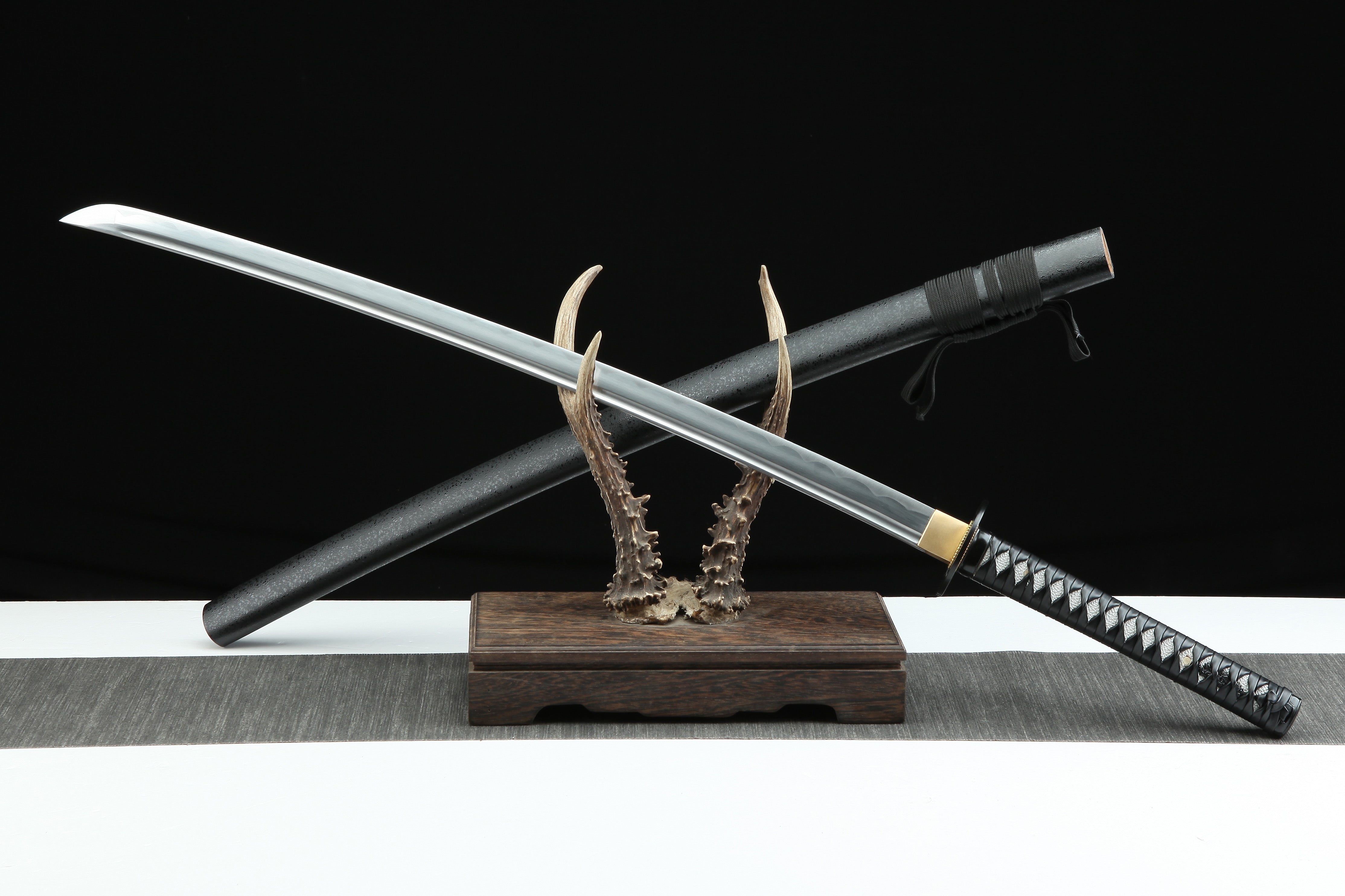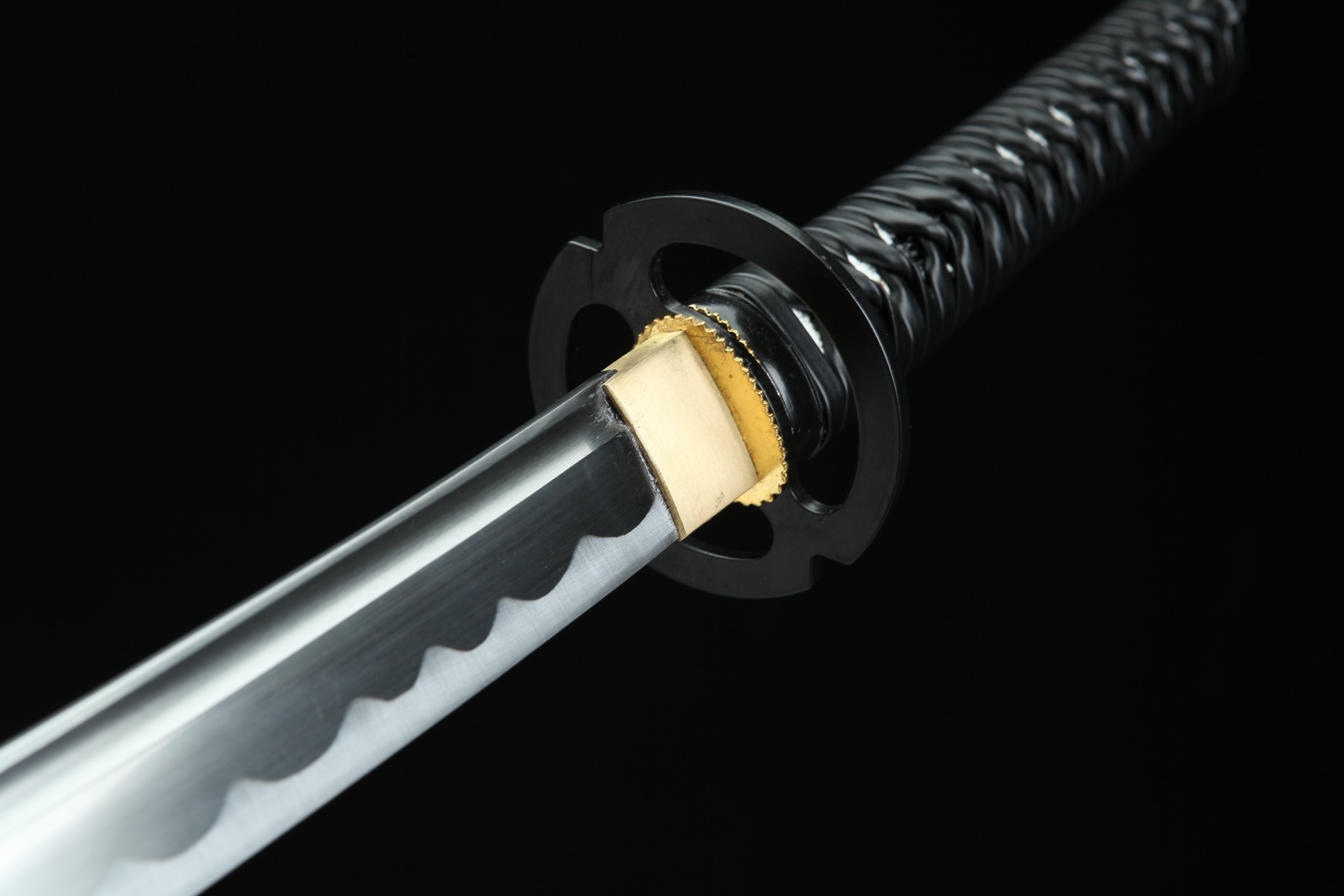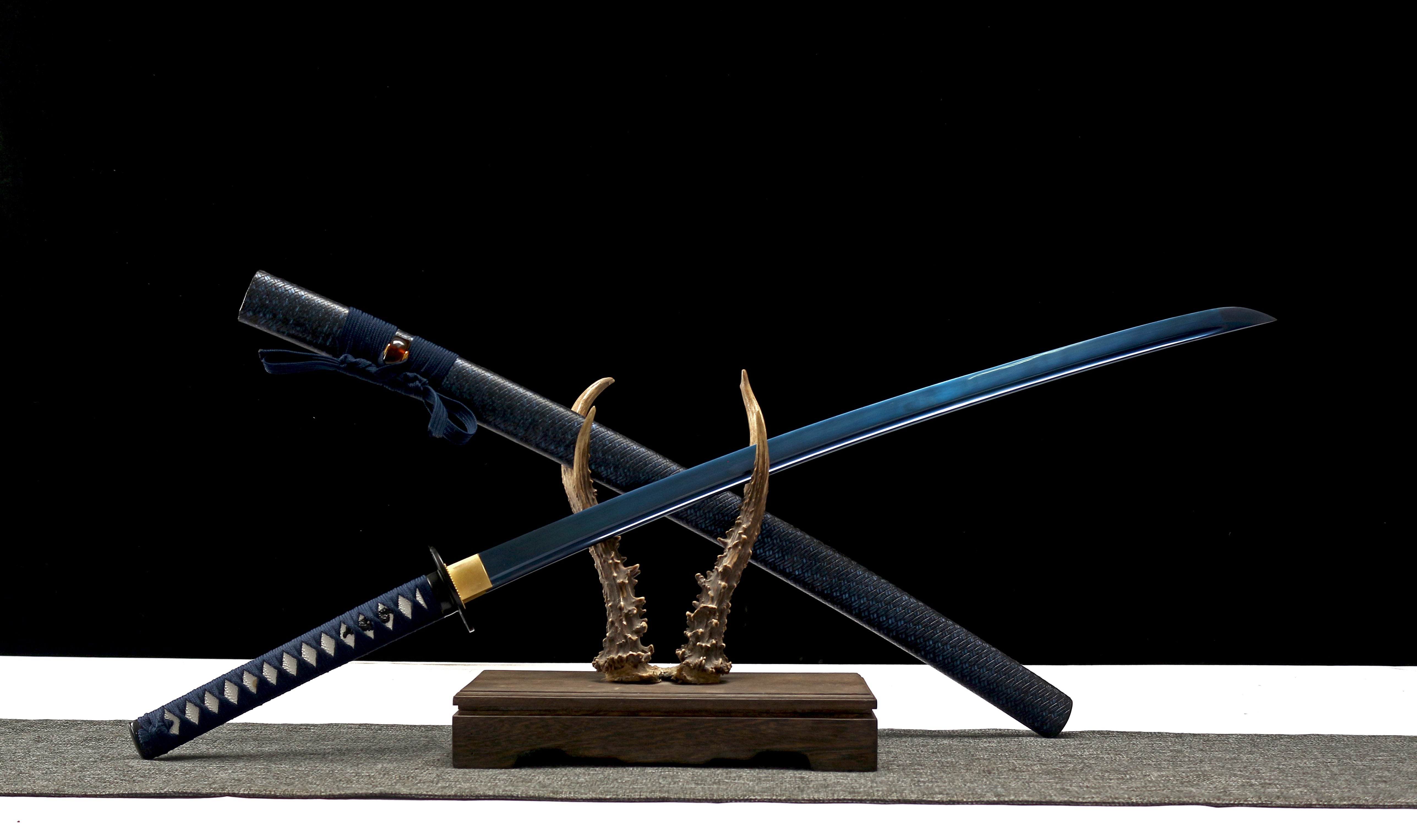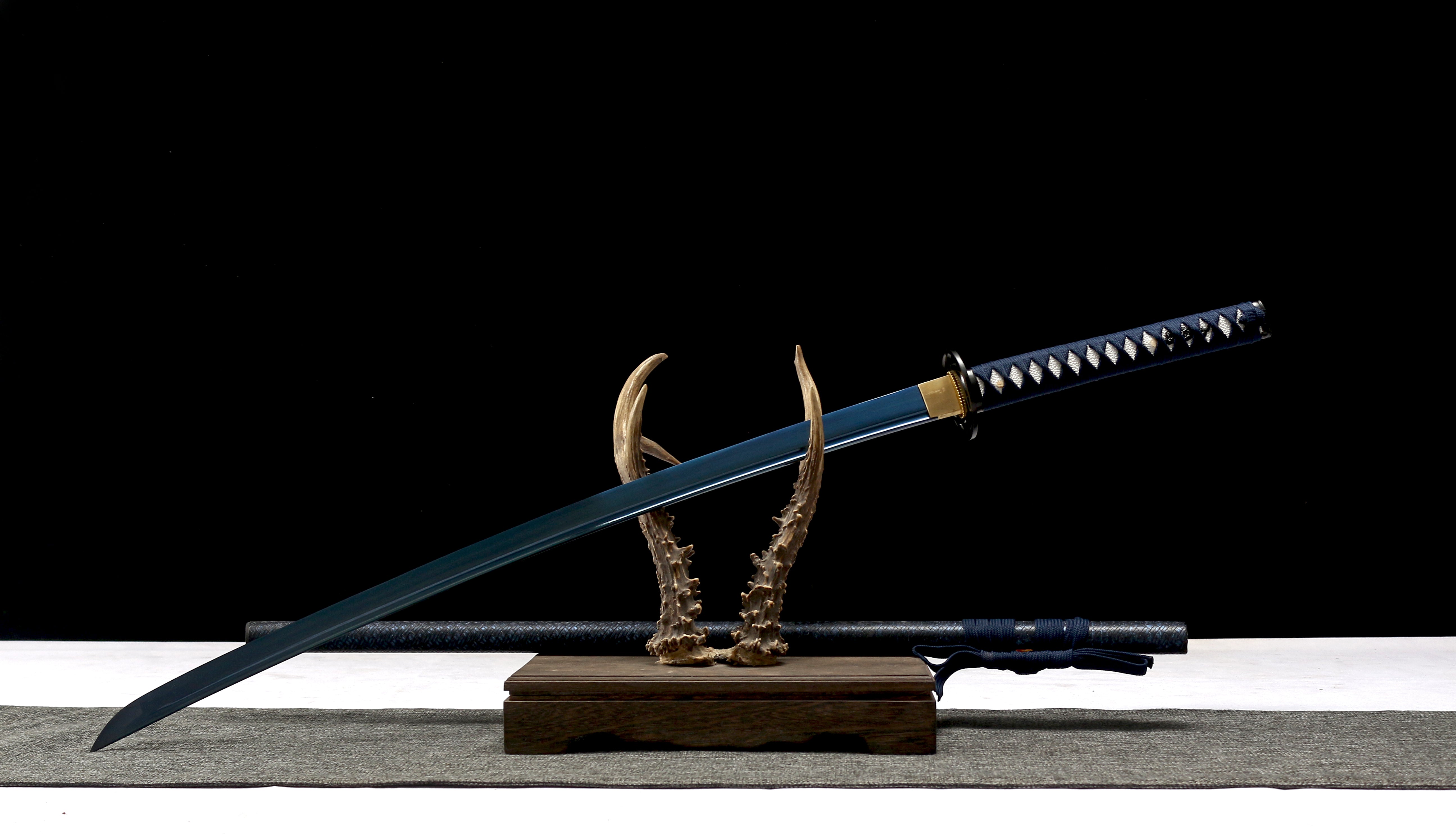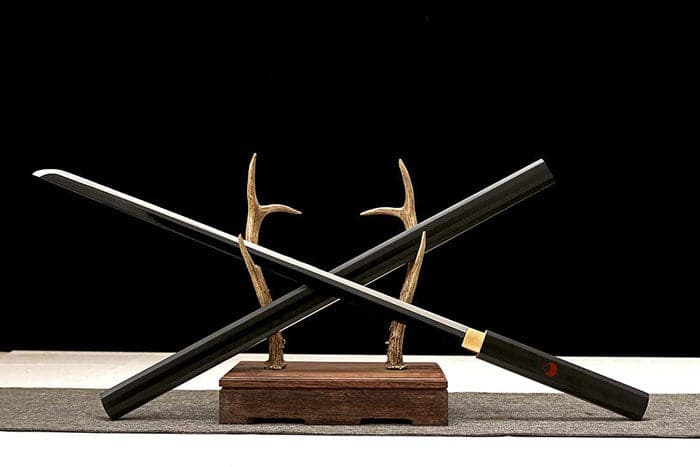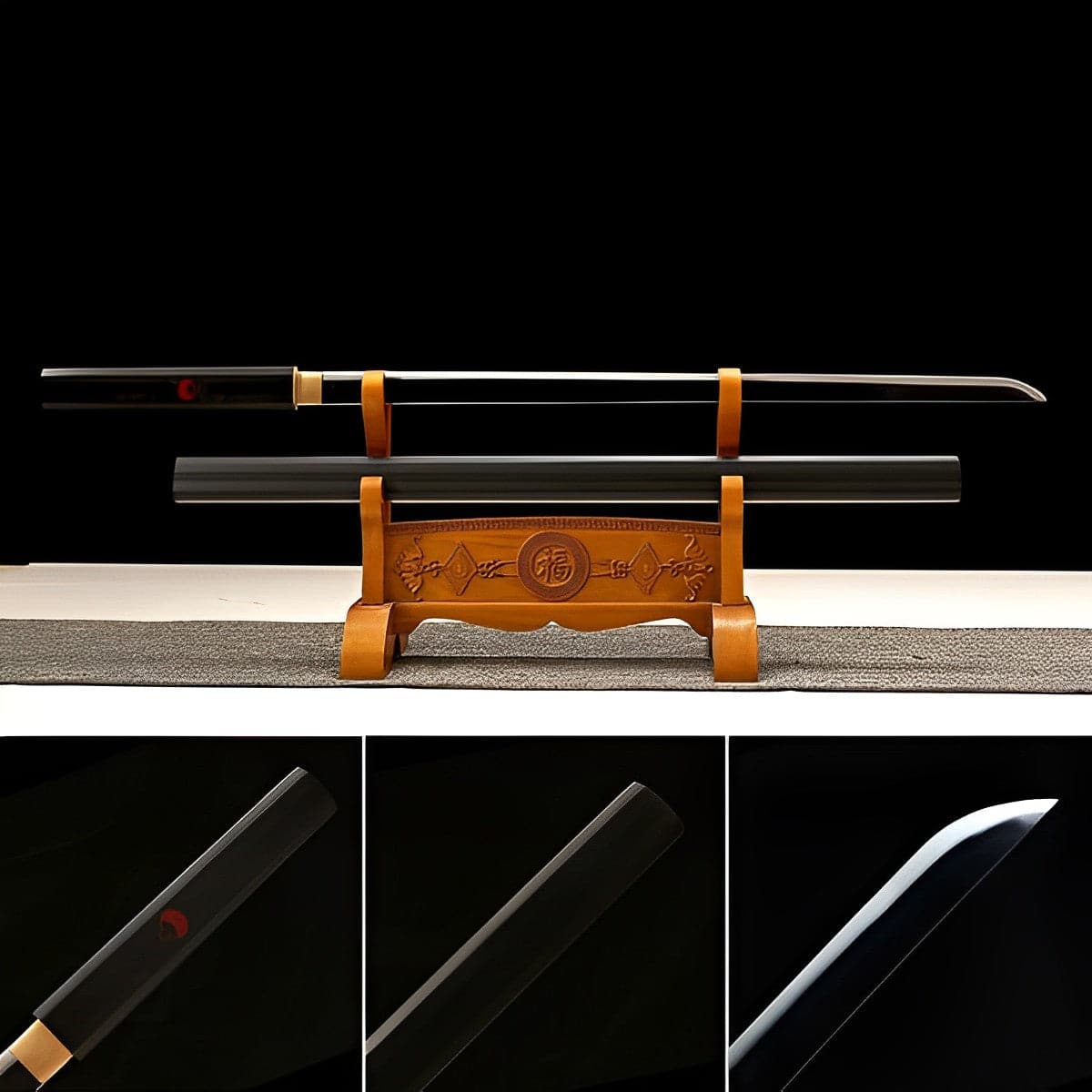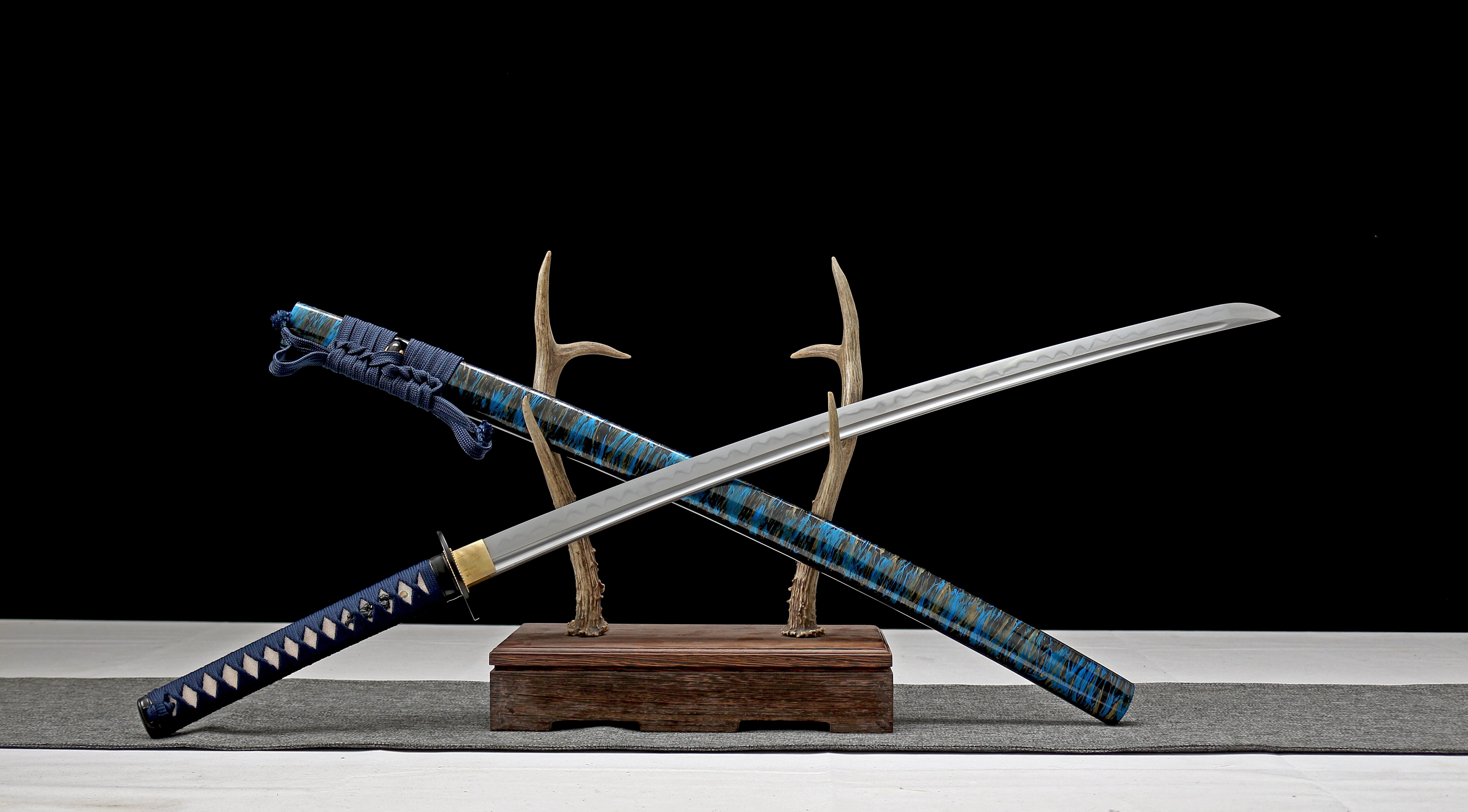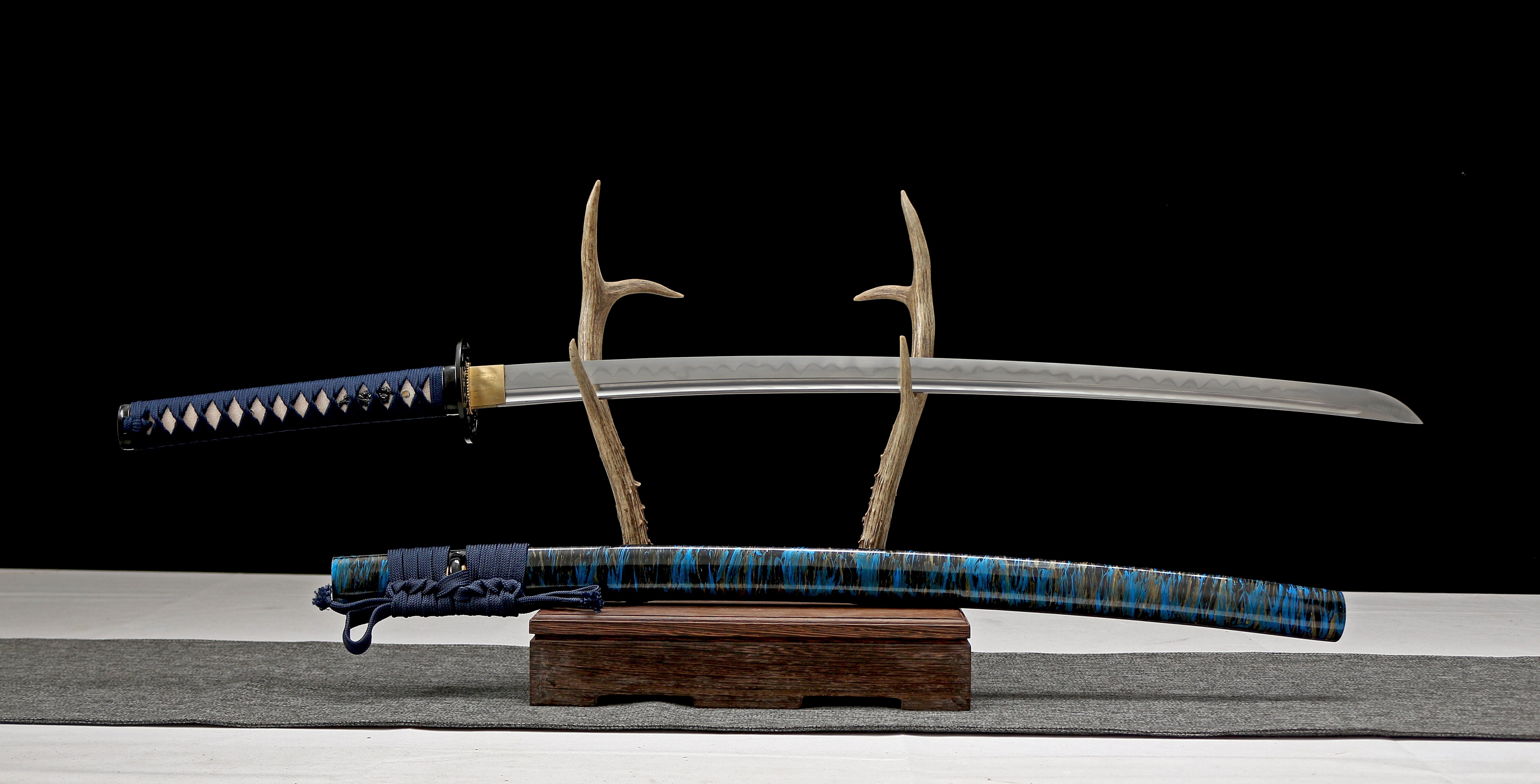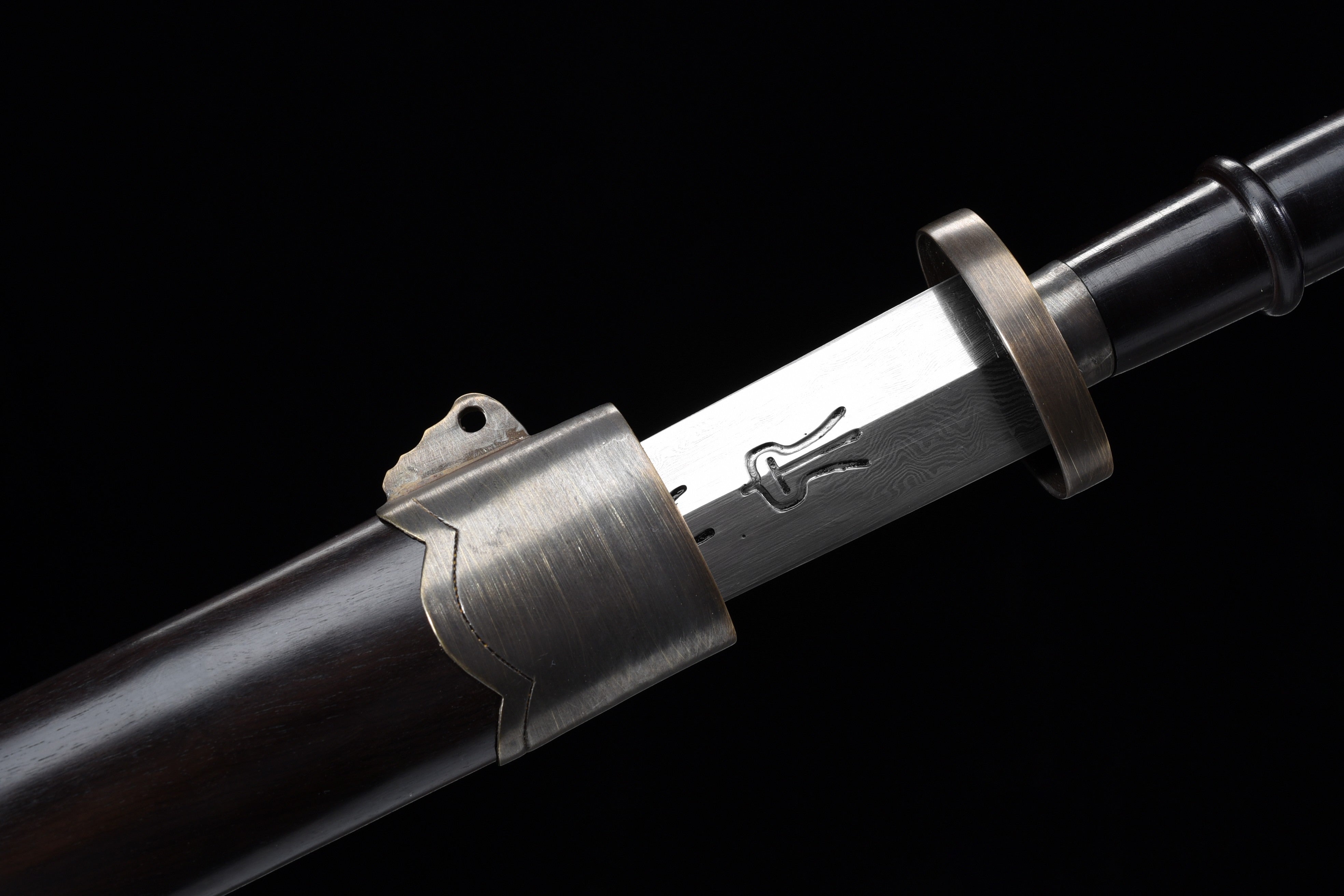
The Soul of Steel: How Chinese Blades Forged a Civilization

Introduction: More Than Metal
In the grand tapestry of Chinese culture, swords and knives are not mere weapons—they are vessels of philosophy, art, and spiritual wisdom. For over five millennia, these iconic blades have served as mirrors reflecting China’s deepest values: the balance of wen (文, culture) and wu (武, martial prowess), the harmony of form and function, and the sacred bond between warrior and virtue. From the legendary jian (sword) of emperors to the humble dao (knife) of scholars, Chinese blades whisper tales of honor, discipline, and transcendence.
This exploration unveils how these weapons became cultural heirlooms—revered in battle, sanctified in ritual, and immortalized in art.
1. Blades of the Divine Mandate: Power and Prestige
1.1 The Emperor’s Sacred Steel
In imperial China, a sword was more than a weapon—it was a symbol of heavenly authority. The legendary "Sword of Goujian", buried for 2,000 years yet untarnished, embodied the unbreakable will of a king. Emperors like Qin Shi Huang carried jade-hilted swords, believing the stone’s purity warded off corruption.
- The Nine Ceremonial Swords: Reserved for state rituals, these blades bore inscriptions from the I Ching, turning steel into a cosmic compass aligning human rule with celestial order.
- General Guan Yu’s Green Dragon Crescent Blade: A weapon so mythic that temples still enshrine it, representing loyalty (忠, zhong) as the highest virtue.
1.2 The Brush and the Blade: Artistry in Steel
Chinese literature and painting immortalized swords as extensions of the soul:
- Poets’ Blades: Li Bai, the "Sword-Wielding Immortal Poet," wrote verses with a calligrapher’s brush in one hand and a sword in the other—a duality of grace and strength.
-
The Jian in Ink: Ming dynasty scrolls depict swords floating amidst mist, their undulating forms mirroring the strokes of shufa (calligraphy).
2. The Warrior’s Path: Martial Mastery and Moral Code
2.1 The Dance of the Jian
Chinese martial arts treat swordplay as moving meditation:
- Taiji Jian: Flowing like water, its forms teach yin-yang balance—each parry and thrust an exercise in cosmic equilibrium.
- Shaolin’s Damoxi Dao: Monks train with blunt knives, not to kill, but to cut through illusion—a metaphor for enlightenment.
2.2 The Sword as Teacher
- Discipline: A novice spends years polishing the blade before allowed to strike—patience forged in steel.
-
Ethics: The Wuxia code demands blades defend the weak; to draw a sword unjustly was to dishonor its spirit.
3. Ritual Blades: Bridges Between Worlds
3.1 Ancestral Swords: Guardians of the Past
In Confucian rites, families place swords on altars—not as weapons, but as spiritual conduits. The Huangdi Sword Ceremony reenacts the Yellow Emperor’s mythical unification of China, blending history and myth.
3.2 Festivals of Steel
- Lion Dance Sabers: In Lunar New Year performances, flashing blades "cut away" misfortune, their choreography a martial prayer for prosperity.
- Temple Swords: Daoist priests use unsharpened zhenwu swords to "draw" protective talismans in the air, merging martial and mystical arts.
Conclusion: The Eternal Edge
Chinese swords and knives are alive—not with the lust for battle, but with the wisdom of ages. They are:
- Teachers of discipline (gongfu),
- Guardians of tradition (chuantong),
- Artifacts of a culture where even steel breathes with philosophy.
To hold a Chinese blade is to grasp five thousand years of history—not as a relic, but as a living legacy, still sharp with meaning.
"A sword’s truest edge is the one that polishes the soul."
—Ancient Chinese Saying
